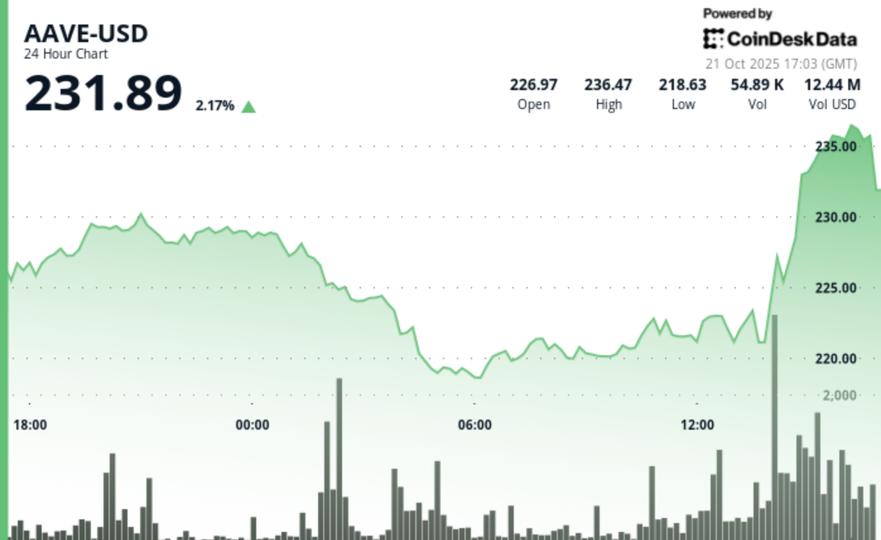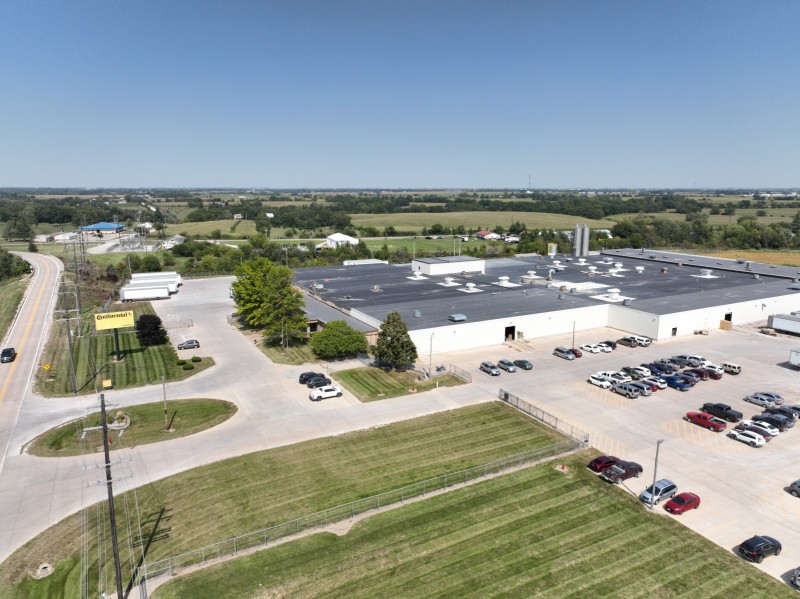Copyright thedailymail

By Dr Mukuhi Ng’ang’a, Consultant Breast Surgical Oncologist, Aga Khan University Hospital, Nairobi For years, many assumed breast cancer was largely an illness of older women. Yet across sub-Saharan Africa clinicians are sounding the alarm: more young women are being diagnosed, and often at younger ages than their counterparts in Western countries. Similar shifts are appearing in other cancers too. Genetics may explain part of this, but we still need stronger research to clarify the roles of environment, lifestyle and other, as-yet-uncertain risk factors. The first and most important message is that every woman should know her breasts. Being familiar with your normal appearance and feel makes it easier to spot changes early—new lumps, skin dimpling, nipple discharge, new asymmetry or persistent pain. This is especially vital for younger women, for whom routine mammography usually begins later (often from about 40, depending on national guidance). In younger patients with denser breast tissue, ultrasound is frequently the first-line test. Breast density can be confusing. It describes how the breast looks on imaging: younger breasts are often denser because they contain more glandular (milk-producing) tissue. Dense tissue can make mammograms harder to read, which is why ultrasound—and sometimes MRI—may be advised. Dense breasts are common; they may modestly increase risk and can mask small tumours on mammography, underscoring the value of appropriate imaging and clinical review. Fertility is a natural concern for many younger patients. Chemotherapy and some hormone therapies can temporarily disrupt ovulation and, in some cases, affect future fertility. Many women, however, complete treatment and later conceive. Increasingly, we offer fertility-preservation options—such as freezing eggs or embryos—before treatment starts, so patients have more choices later. Surgery is often among the first major steps when cancer is localised. A lumpectomy (breast-conserving surgery) removes the tumour with a margin of healthy tissue and is suitable for many small, localised cancers. A mastectomy (removal of the whole breast) may be recommended for larger tumours, multiple areas of disease, certain genetic risks or patient preference. Sometimes we begin with chemotherapy to shrink the tumour and enable less extensive surgery. Lymph nodes in the armpit may also be sampled or removed to check for spread. The best approach depends on the cancer’s stage and biology, the patient’s overall health, and her preferences. Breast cancer is not a single disease. Today we profile tumours at molecular level to guide therapy. Hormone-receptor-positive cancers respond to medicines that block oestrogen. HER2-positive cancers benefit from targeted therapies. Triple-negative cancers may be treated with specific chemotherapy regimens and, in some cases, immunotherapy. This move towards personalised care has improved outcomes, offering longer survival and better quality of life. Genetics play an important role in understanding risk. Many people have heard of BRCA1 and BRCA2. These are genes we all carry; in their normal form they help repair DNA and prevent cancers from developing. When an inherited fault (mutation) is present, the repair system falters and lifetime risks of breast—and ovarian—cancer rise significantly. Genetic counselling and testing can identify high-risk women, enabling tailored screening, preventive strategies and, where appropriate, risk-reducing surgery. Life after treatment also matters. For women who undergo mastectomy, reconstruction—using silicone or saline implants, or tissue from another part of the body—can restore shape and support emotional recovery. Survivorship care now focuses not only on defeating disease, but on helping women live full, dignified lives: managing side-effects, protecting bone and heart health, addressing intimacy and body image, returning to work and maintaining mental wellbeing. Several factors are known to increase risk, including obesity, smoking, heavy alcohol use, prolonged hormone-replacement therapy after menopause, and some herbal products with oestrogen-like effects. Having a risk factor does not mean a woman will develop cancer; it does mean vigilance and regular check-ups matter. While uncommon, men can also develop breast cancer and should seek review for concerning breast changes. Across Kenya and much of the region, late presentation remains a major barrier to survival. Costs, fear and stigma, and limited access to specialists and imaging—especially outside urban centres—delay diagnosis. Strengthening referral pathways, expanding access to ultrasound and mammography, supporting pathology services and reducing out-of-pocket costs will save lives. Breast cancer is not a death sentence, but it becomes deadly when diagnosis is delayed. Know your normal and report persistent changes, follow age- and risk-appropriate screening on your clinician’s advice, start treatment promptly and keep follow-up appointments. Caught early, breast cancer is often very treatable. With today’s advances, survival and recovery are more achievable than ever. Your health is your power—act early.



